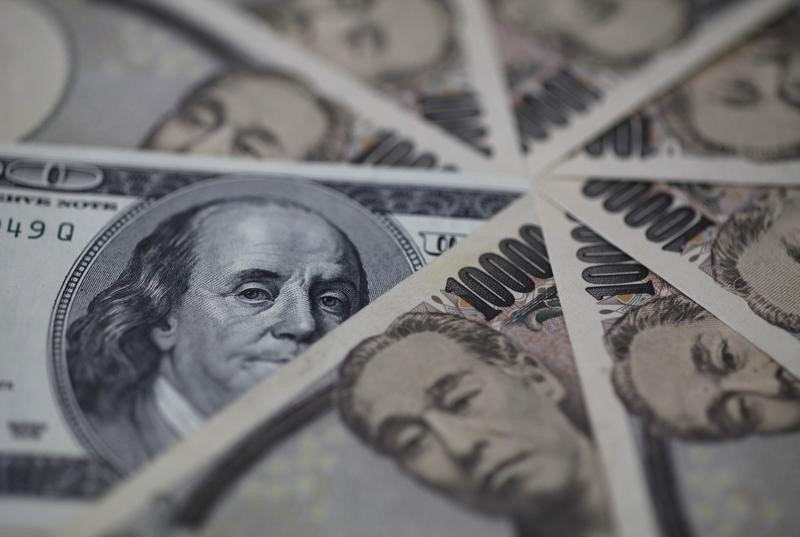Investing.com - The dollar moved higher against the other major currencies on Monday as market sentiment improved and the yen weakened after Japan’s prime minister voiced concerns over the recent sharp appreciation of the currency.
USD/JPY rose 0.63% to 113.93, extending its pullback from last week’s 15-month trough of 110.96.
The yen weakened after Japan’s Prime Minister Shinzo Abe said “excessive currency volatility is undesirable”, referring to strong gains in the yen last week that sent stocks tumbling.
He added that Tokyo would take appropriate action in the exchange rate market as needed.
The Nikkei ended up 7.16%, shrugging off data showing that Japan’s economy contracted by a larger than forecast 1.4% on a year-over-year basis in the fourth quarter.
European markets followed Asian markets higher in early trade, with banking shares rebounding.
Bank shares fell sharply last week amid fears over the effects of negative interest rates, while ongoing concerns over slowing global growth also hit market sentiment.
The euro was lower against the dollar, with EUR/USD down 0.44% at 1.1205, moving further away from last week’s three-and-a-half month highs of 1.1375.
The single currency pushed higher against the yen, with EUR/JPY easing up 0.16% to 127.68, recovering from last Thursday’s two-and-a-half year trough of 125.76.
The Australian dollar shrugged off weak Chinese trade data, rising 0.55% to 0.7146.
The kiwi was also higher, with NZD/USD up 0.66% at 0.6667.
Chinese imports and exports fell far more than expected in January, according to data released on Monday, indicating that trade in the world’s second-largest economy got off to a shaky start in 2016.
But China’s central bank fixed the yuan at a stronger level on Monday and central bank governor Zhou Xiaochuan said there was no basis for the currency to keep depreciating.
The U.S. dollar index, which measures the greenback’s strength against a trade-weighted basket of six major currencies, was up 0.40% at 96.37, moving further back from Thursday’s three-and-a-half month lows of 95.28.
Demand for the dollar continued to be underpinned after Friday’s solid U.S. retail sales report supported the view that the Federal Reserve is likely to stay on a tightening path as other world central banks ease monetary policy.
